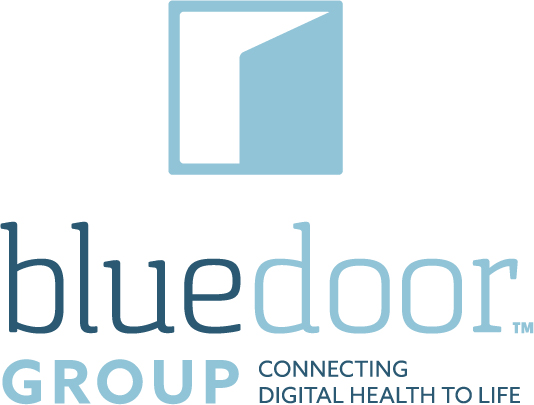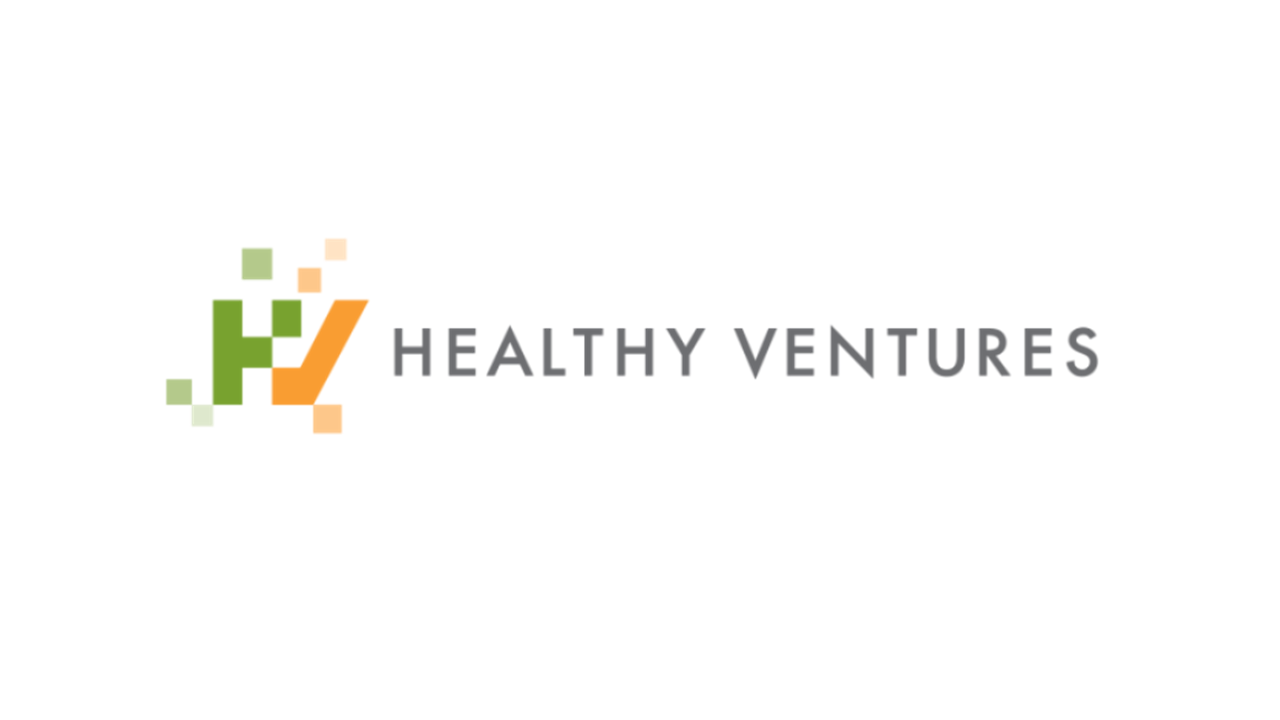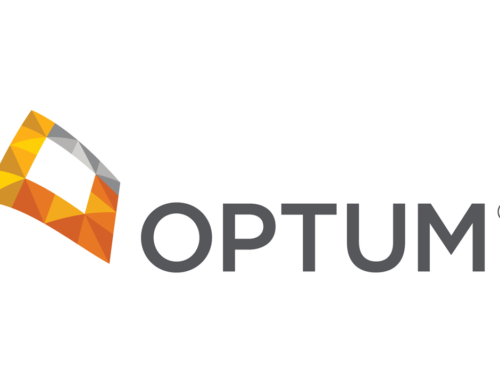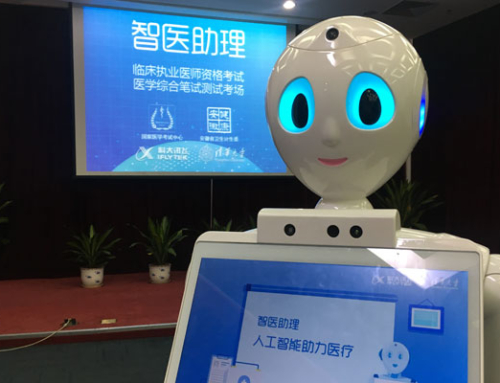By Sean Doolan | Sept. 11, 2017
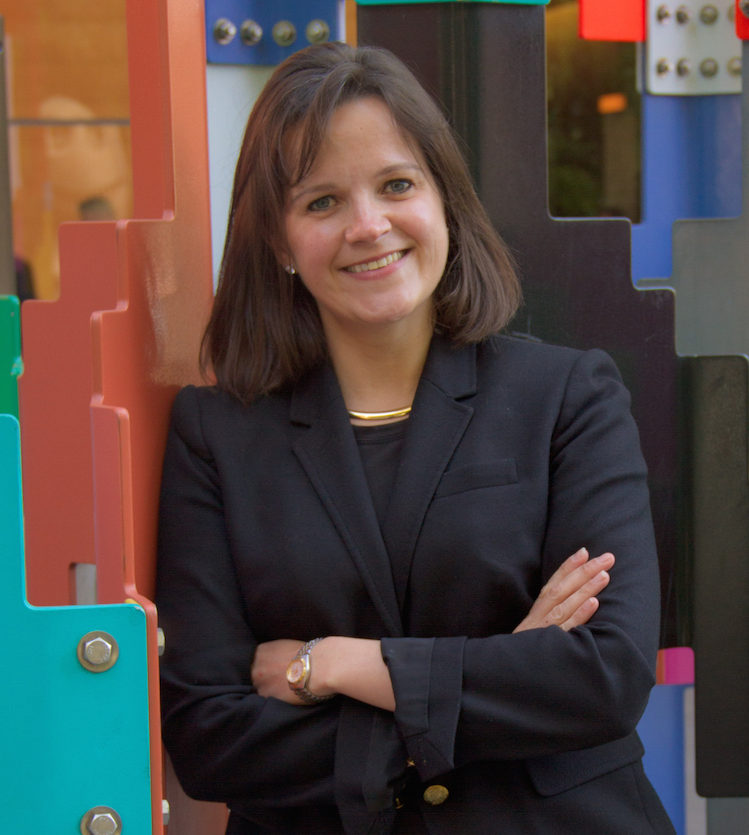
Meet Anya Schiess, General Partner at Healthy Ventures. In this edition of Ask An Investor, Schiess discusses everything from her investment focus on healthcare infrastructure to the importance of storytelling for early stage founders.
Why did you form Healthy Ventures?
Our original idea wasn’t to start our own fund. The idea then was just to deploy a bunch of personal capital in a space where we thought we’d see great returns. But, what happened was when we really assessed the market, we found the market skewed one of two ways.
One was that there were firms that were taking more of an index fund approach broadly against digital health, which was not aligned with our [more focused] thesis. These folks are great ecosystem developers but we had doubts about their ability to generate optimal returns.
The other one tended to be multi-sector funds. However, it was often unclear how much of their investment mandate focused specifically on healthcare. And, within healthcare what part of your investment mandate would actually touch on this thesis? It was just so diluted that it didn’t make much sense to us.
So, we just decided that we had to do it ourselves.
What are you focused on at Healthy Ventures?
We are focused on the infrastructure software layer in healthcare. Our thesis, and current investment focus, came about from a series of questions between my partner [Enmi Kendall] and I. These questions included, “Where would be a good market to make money in digital health?” and, “Why is digital health an interesting market now when it has not been a particularly successful market to raise money in over the past several years or decades?”
The conclusion we came to was twofold. One, we just needed a market catalyst. And we think we have that catalyst in the form of MACRA. It will take awhile to work through the ecosystem, but, in general, that’s a massive catalyst.
Two, and perhaps more importantly, if you believe that the promise of technology in healthcare will ever be realized, you then also have to believe that healthcare will develop in a similar way in which every other industry has that has also leveraged technology. Which is to say, the end-user companies only need to develop their end-user applications and they will be able to leverage horizontal infrastructural solutions for everything else.
The macro example of this would be tech in the late 90s. Back then you had to raise upwards of 10, 20, 30, 40, or 100 million dollars in order to prove out product-market fit. That was because you had to start with buying the infrastructure yourself. You would literally have to build your own technical stack from soup to nuts. That still is happening in healthcare.
With very few exceptions, everybody in healthcare is still largely building super vertical technologies. When we look at where to invest, we look at those horizontal layers that every company will have to leverage.

Why is it that you’re targeting that particular side of healthcare?
We believe that the broader use cases of technology in healthcare are enabled by its infrastructure. If there isn’t a strong infrastructure, then healthcare won’t reach its promise, or technology won’t reach its promise in healthcare and we’ll continue to be relegated to a future world that looks to some degree like today’s world.
It’s not just about the right cash-on-cash approach for our LP’s, it’s also about supporting the enabling technologies that have to exist in order to realize transformation in this space.
How does Healthy Ventures provide post-investment guidance?
I think one answer is we just work really hard.
But, realistically, the job of a seed-stage firm is graduating your companies to Series A.
Because of our Series A follow-on commitment and the way the board is structured, there will likely be only one or two investor seats. In many cases, we will likely no longer have a seat on the board and that obviously takes a big part of the time commitment out.
When you look at the help and the services that we provide our portfolio companies, a lot of it is around crystallizing their strategy, how they tell their story, and raising follow-on financing. And then recruiting key people which is something that my partner and I spend a lot of time on. These types of activities are fairly front-end loaded. The recruiting support goes beyond a seed round commitment as the company grows and scales.
Also, not all of our companies need help at the same time. If that were the case then we’d be in trouble! That said, we pace ourselves, doing about two deals per quarter, so that hopefully our companies aren’t all needing our help at the same time.
In terms of looking for new companies, that’s where some of our analysts come into play. And frankly, that’s where all the companies we’ve talked to come into play. We have spent the past couple of years talking to about 800 different companies. (We do about 400 a year.) In addition to evaluating those companies in terms of what they’re doing, we also spend a lot of time understanding what infrastructure layers — those layers that they would like to build upon — they wish existed but do not.
That then provides us with a living heat map of where to go looking for interesting infrastructure solutions. When we find these “hot” solutions, those companies actually help us with our diligence on it because they’re customers of that infrastructure. So, yes we obviously conduct our own due diligence, but we can also leverage our hundreds of conversations to get a lot of diligence done.
Why is it important for a seed-stage entrepreneur to tell a clear and compelling story?
It’s critical particularly in the infrastructure space because it’s so easy to be misunderstood. You know, it’s so easy to give a pitch and assume that the investor understands exactly what you are saying and so often that’s not the case. As an investor, not only is this approach annoying, it also a waste of time for entrepreneurs that do not have that extra time. A lot of it is how to tell your story and not get bogged down in technical details.
It’s much more about the what you’re doing than the how.
The how will be important later as investors conduct diligence on you. But what investors care about in the beginning is the what. It’s so common today that companies will say, “Oh, we are the AI fill-in-the-blank company,” and they’re trying to sell themselves on their how, not their what. That doesn’t work.
How do you evaluate specific technologies in your investment approach?
We always evaluate the technology, and it’s important, but it comes later. First, we have to be very bought into the what. And then the question we ask is, “How are they achieving what they’re achieving?” And, “How is it differentiated? Is it the right way to do it?” You see companies leveraging AI when in reality it is not the right way to address their problem.
Like all other venture firms we hire consultants that are deep domain experts in the technology areas the companies are exploring to really give us a sense of not only of do these guys know what they’re doing, but so that we feel comfortable that they’ve actually picked the right technical approach that solves the problem they need to solve.
How do you prioritize company leadership at the seed stage?
Selecting the right team is critical at the early stage. This may seem obvious but I recall my experience at my previous firm where I focused on later-stage investments. And, in the later stages you tend to have so much “survivor bias” when evaluating company leadership. What I mean is that in later stages there is less differentiation amongst the people because there is this survivor bias that exists due to having already gotten to that point.
But, I discounted the people a little bit more than I should have.
Thankfully my partner had always been an early-stage investor. Emmi was always very focused on the people and made sure we didn’t make mistakes. As mentioned, we have looked at roughly 800 different companies, and I would say that there are maybe 40 different ideas among those 800 companies. These are 40 core ideas in terms of problems that are being addressed, which means there are really only 20 companies addressing one of those ideas.
It’s not the idea that’s special. Instead, it’s really about the people behind those ideas that can execute.
I would go a step further to say it’s also about team and idea fit. Different teams have different skill sets and they may be great, but you have to find the right team-product intersection.
Before deploying capital to a company, how do you assess its team?
We do background checks but everybody does that. Obviously it’s great if they’ve had an exit before but a lot of our teams are led by first-time founders. Some of the questions that we really focus on when we’re diligencing the people are, “How do they receive and how do they give feedback?” and, “How transparent are they?”
With a lot of early-stage companies there will be tough times.That’s totally normal and investors expect that. But, unfortunately, some people’s personalities are such that they try to make everything always seem good and as an investor that makes me worried because I know that’s not the case and our job is to be there to help. So, in our diligence we inquire about information transparency amongst founding teams.
We want to know how founding teams go about acquiring salient market information, and their ability to internalize new information and change the direction of what they’re doing in response to new market forces.
What is your biggest piece of advice to seed-stage founders?
Choose your early employees really, really well. Your early employees set the tone for what your business will become, both internally with the cultural of your company but also externally to your customers. This is especially true if you’re already revenue-generating as you tend to be customer intersecting pretty early.
There are so many forces against you already as a digital health startup: selling into risk-averse organizations, operating in tightly regulated spaces, etc.
You cannot afford to add problems by negatively affecting early customers due to poor early employee selection.
What’s your personal moonshot?
My moonshot is about making sure that the future of personalized medicine can actually be acted upon when it’s here. That means ensuring all of the relevant information is available at the right point of care.
For instance, 30% of drugs prescribed are off-label. As we get more and more into personalized medicine, that number will go up. The number of treatments, the percentage of treatments that are going to be off-label is going to be much, much higher, which is a good thing.
However, the big challenge there is that you’re going to have to figure out a way to mine the outcome data of those off-label prescriptions in order to inform how you tackle personalized medicine. You’re going to have to consolidate all of this data, which is, by and large, unstructured, widely distributed, and not easily able to queried.
Moving forward, this will be critical for everything from drug development to prescribing and to treatment plans.
